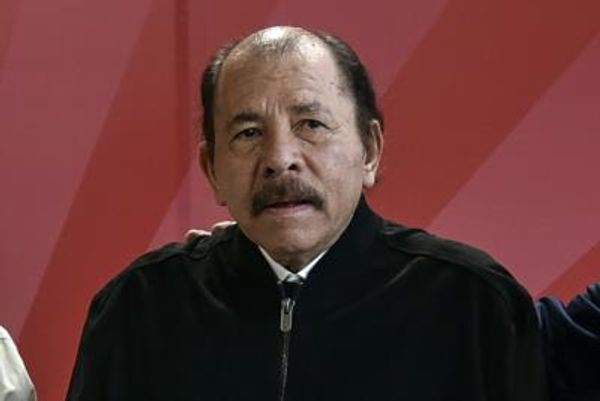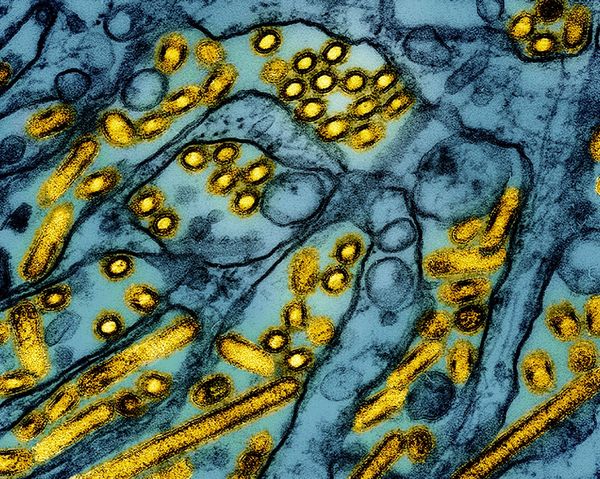
Over the past day or so, you will have almost certainly seen the following — the first full-colour image from the new James Webb Space Telescope.

It’s the sharpest infrared image of the distant universe ever captured. To give you some idea of the numbing scale of what we are looking at — except for the stars splaying into six points in the foreground, every spot of light in this kaleidoscope of dissolving gemstones is its own galaxy made up of billions of stars and planets, the apparent clustering obscuring the stomach-dropping emptiness in between.
It’s the furthest we’ve seen, and it took 4.6 billion years to reach us.
You may have seen this and felt briefly awash with dread at your own insignificance before feeling a calm warmth, a liberating realisation that, should there be anything out there, the entire timeframe of the sublime absurdities of all human life will count for less than a single grain of the Sahara by the time the light of our galaxy completes its journey in the other direction.
It may have occurred to you that we are not separate and discrete observers, adrift in the terrifying black of the universe, but produced by it and part of it, made up at our core of the same materials as everything else, but unique (so far as we know) in that we have the privilege of being able to know, and fear, and love.
Well, forget all that, because we’re here to ruin the James Webb telescope.
A question that’s been lingering since those images came out — apart from the existential ones — is why the hell is it still named after James Webb? Webb was, among other things, the administrator of NASA during most of the 1960s, that golden era leading up to men setting foot on the moon. He was also (at best) complicit with what has come to be known as the “lavender scare” — the purging of hundreds of LGBTIQA+ employees from government service.
It started at the US Department of State around 1950, when Webb was the second in charge, and continued while he was at NASA. Some historians have sought to exonerate him, saying he wasn’t a “leader” of the policy — and perhaps the most depressing element would be trying to find a high-profile government official whose record is completely clean during a period where technically everyone was complicit with a policy of firing people based on suspicions of homosexuality.







